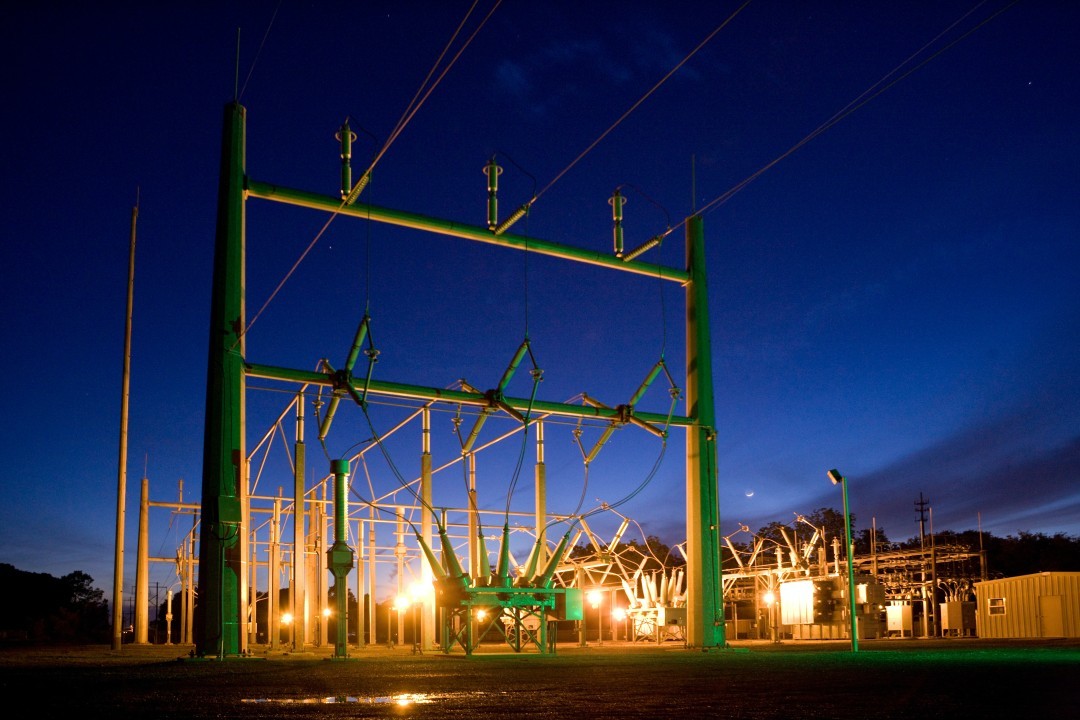
Read Time:6 Minute, 31 Second
Cultivating a Culture of Collaboration
Effective collaboration in power generation staffing is vital for optimizing performance and innovation. You must focus on cultivating a culture that enhances team dynamics and promotes open communication. Doing so’ll enable your team to tackle challenges more efficiently and harness diverse perspectives. Establishing clear roles and responsibilities is essential to prevent overlaps and guarantee everyone contributes effectively. Conflict resolution should be prioritized, as it directly impacts team dynamics. Encourage proactive problem-solving and create an environment where team members can constructively voice concerns. Strategic vision guides teams through complex scenarios, fostering a culture of continuous improvement. By nurturing collaboration, you’ll drive innovation, adapt swiftly to industry changes, and position your team at the forefront of power generation leadership.Bridging the Gap Between Engineering and Leadership
To effectively bridge the gap between engineering and leadership in power generation teams, you must integrate technical expertise with strategic foresight. Engineering leadership demands that you understand complex technical systems and align these with organizational objectives. This strategic alignment guarantees you’re solving technical problems and driving innovation that meets future demands. You create a synergy that propels the team forward by fostering an environment where engineers can think strategically and leaders appreciate technical intricacies. Encourage engineers to participate in decision-making, promoting a culture where technical insights inform strategic direction. This collaborative approach guarantees that both engineering prowess and leadership vision are leveraged, ultimately leading to power generation solutions that are innovative and efficient.Identifying and Developing Leadership Potential
While identifying and developing leadership potential in power generation teams, you should focus on recognizing individuals who possess technical skills and can inspire and guide others. Leadership assessments can be a powerful tool for uncovering these attributes, providing insights into candidates’ strengths and areas for growth. By implementing these assessments, you’ll better gauge who can effectively shift from engineering to leadership positions. Additionally, mentorship programs play a critical role in this development process. Pair emerging leaders with seasoned executives to foster knowledge transfer and strategic thinking. This dual approach guarantees that your team maintains technical prowess and cultivates a culture of visionary leadership ready to tackle future challenges innovatively.Encouraging Cross-Disciplinary Innovation
As power generation teams face increasingly complex challenges, integrating cross-disciplinary innovation becomes essential for maintaining a competitive edge. You must foster an environment where design thinking and creative brainstorming are the norm. This requires encouraging team members from different disciplines to collaborate and share insights that push boundaries. By combining technical expertise with strategic vision, you can uncover novel solutions that might not surface within siloed teams. Regular interdisciplinary meetings focusing on specific problems should be established to achieve this. Design thinking workshops should be used to stimulate creative problem-solving. Encourage open dialogue and respect diverse viewpoints, ensuring every idea is heard. This approach enhances innovation and strengthens team cohesion, leading to more robust and adaptable power generation solutions.Harnessing the Power of Diversity in Teams
Leveraging team diversity reveals new levels of creativity and problem-solving power, building on the foundation of cross-disciplinary innovation. By fostering cultural competence within your team, you’ll access unique perspectives that drive innovative solutions in power generation. Inclusive practices aren’t just buzzwords; they’re strategic tools that cultivate an environment where diverse ideas flourish. This approach enables teams to tackle complex challenges with a broader range of viewpoints, enhancing decision-making processes and outcomes. With diverse teams, you’ll harness the strengths of varied backgrounds and experiences, essential for staying ahead in a rapidly evolving industry. Encourage open dialogue and collaboration, ensuring every voice is heard. By doing so, you’ll not only enhance team performance but also set the stage for groundbreaking advancements in power generation.Implementing Continuous Learning and Development
To build a skillful workforce in power generation, you must focus on continuous learning and development strategies, prioritizing knowledge sharing and innovative thinking. Establishing a culture that encourages team members to exchange insights and challenge conventional approaches can drive individual and organizational growth. Implementing structured training programs and fostering an open environment for idea generation will guarantee your team stays ahead in this rapidly evolving field.Cultivating Skillful Workforce
Recognizing the ever-evolving demands of the power generation industry, it’s essential to cultivate a workforce that’s both skillful and adaptable. You need a strategic approach that couples skill assessment with effective workforce planning. Here’s how:- Conduct Regular Skill Assessments:Identify gaps and strengths to tailor training programs that meet industry demands.
- Strategic Workforce Planning:Align employee growth with future technological advancements and organizational goals.
- Implement Continuous Learning:Foster a culture where ongoing education in emerging technologies is encouraged.
- Leverage Digital Tools:Use advanced analytics and AI to predict skill needs and track learning progress.
Emphasizing Knowledge Sharing
As the power generation industry rapidly evolves, your workforce’s ability to adapt hinges on skill development and robust knowledge sharing. Implementing a strategic framework for knowledge exchange fosters an environment where seasoned experts and emerging talent can thrive. Integrating mentorship programs guarantees that critical insights and innovative practices flow seamlessly across all levels. This approach accelerates learning and aligns your team with cutting-edge advancements and strategic goals. Encouraging open dialogue and collaborative problem-solving enhances operational efficiency and drives competitive advantage. A commitment to continuous learning and development is paramount in the dynamic power generation landscape. Equip your team to tackle future challenges with confidence and agility through effective knowledge sharing initiatives.Encouraging Innovative Thinking
Encouraging innovative thinking in the power generation sector demands a structured approach to continuous learning and development. To foster an environment ripe for creative brainstorming and disruptive innovation, consider these strategic steps:- Host Regular Workshops: Engage your team in sessions that push boundaries and encourage bold ideas. These settings ignite creative brainstorming and challenge conventional practices.
- Implement Cross-Departmental Collaboration:Break down silos by encouraging diverse teams to collaborate, blending unique perspectives for innovative solutions.
- Invest in Training Programs:Provide access to cutting-edge courses and certifications to keep your team abreast of industry trends and technologies.
- Create a Culture of Experimentation:Encourage risk-taking and learning from failure, which are essential for fostering disruptive innovation.







